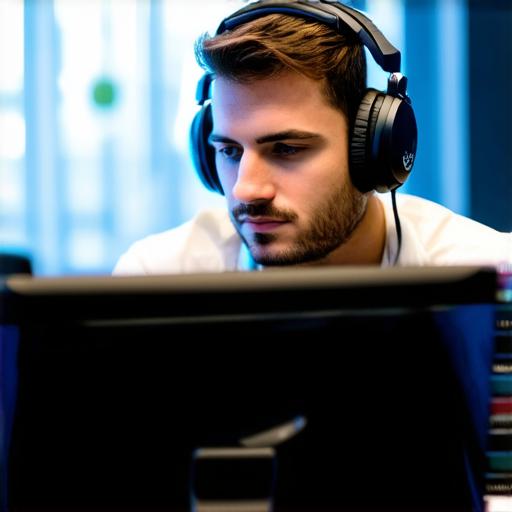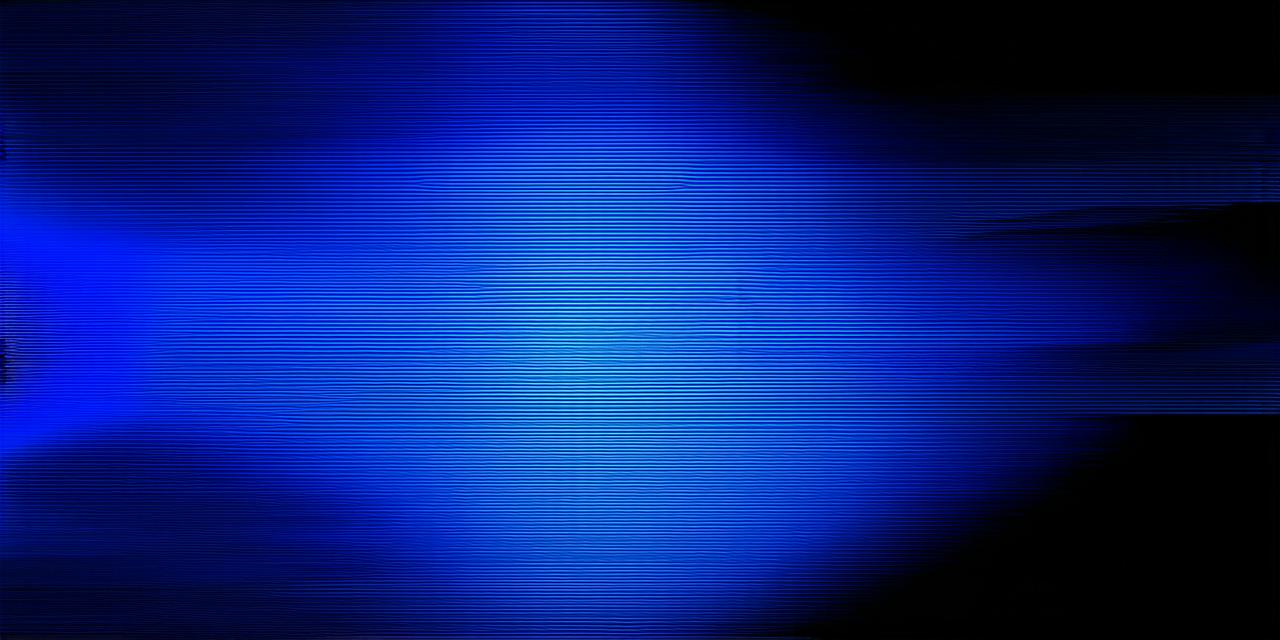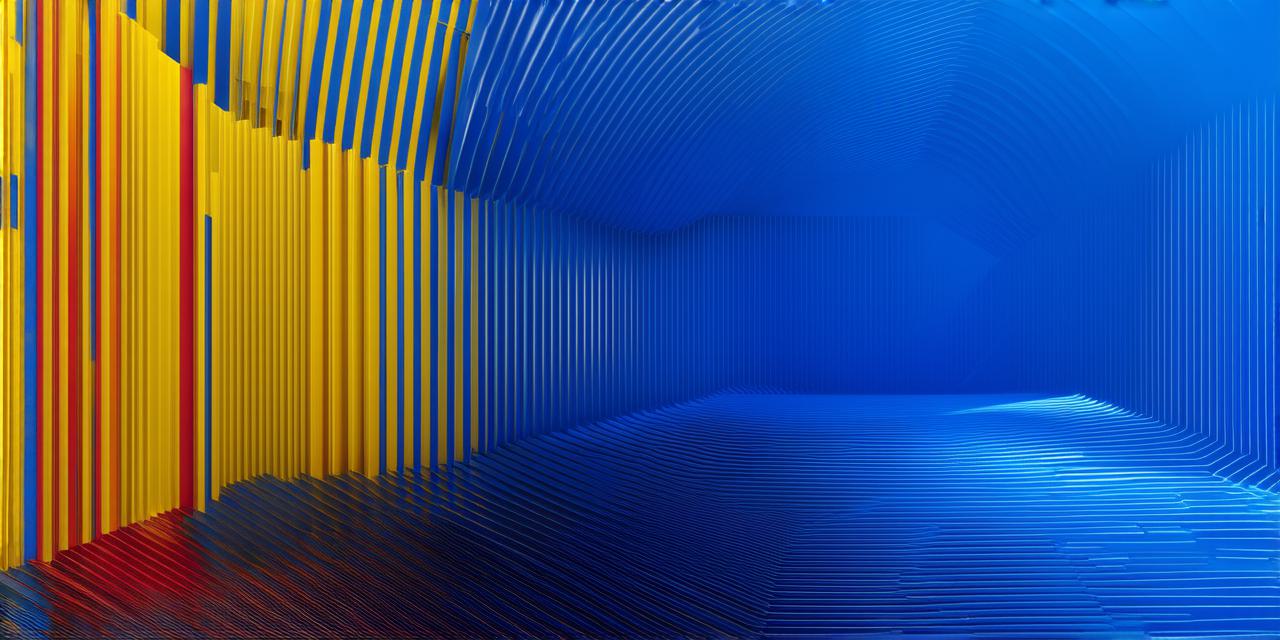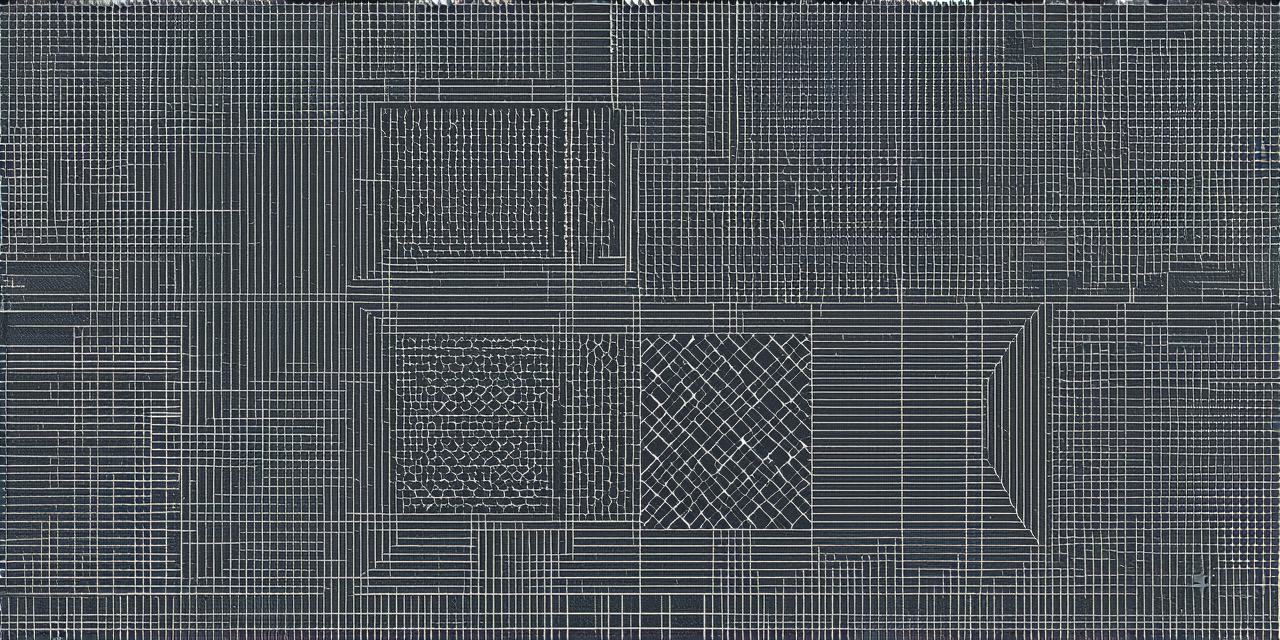Digital art has become an integral part of modern artistic expression. It’s not just about creating art digitally; it’s also about the tools and techniques that artists use to create their pieces. With the advent of technology, digital art has opened up new avenues for artists to explore and express themselves in ways that were previously impossible.
In this article, we will explore the importance of digital art in modern artistic expression, its evolution, and how it has influenced other forms of art. We’ll also discuss some of the key benefits of digital art and provide examples of successful digital art projects.
What is Digital Art?
Digital art refers to any form of artwork created using digital tools such as computers, tablets, and software. It includes everything from digital paintings and illustrations to 3D modeling, animation, and interactive installations. Digital art allows artists to experiment with different techniques, styles, and mediums without the limitations of traditional art forms.
Evolution of Digital Art
Digital art has come a long way since its inception. In the early days, digital art was limited by the technology available at the time. However, as computers became more powerful and user-friendly, artists began to explore new possibilities in digital art.
One of the earliest examples of digital art is ASCII art, which uses text characters to create images. This form of art emerged in the 1960s and was popularized by Japanese artist M.C. Escher. Another early example is computer-generated art, which uses algorithms and programming languages to create art automatically.
Over time, digital art has become more sophisticated and diverse. Today, artists can create highly detailed and realistic images using 3D modeling software or use virtual reality to create immersive art installations.
Influence of Digital Art on Other Forms of Art
Digital art has had a significant impact on other forms of art. For example, it has influenced the way photographers and filmmakers approach their craft. With the rise of digital photography and video editing software, artists can now manipulate images in ways that were previously impossible. This has led to the development of new genres such as photomanipulation and stop-motion animation.
Digital art has also influenced the way music is created and performed. With the advent of digital audio workstations and virtual instruments, musicians can now create and produce music entirely digitally. This has allowed for greater creativity and experimentation in music production.
Benefits of Digital Art
There are several benefits to creating art digitally. Firstly, it allows artists to experiment with different techniques and styles without the limitations of traditional mediums. Digital art also offers more flexibility in terms of editing and refining artwork.
Secondly, digital art is often more accessible to a wider audience. With the rise of social media platforms and online galleries, artists can now share their work with people all over the world. This has led to a democratization of the art world, allowing more people to engage with and appreciate art.

Thirdly, digital art is often more cost-effective than traditional art forms. Digital tools and software are generally cheaper and easier to acquire than physical materials such as paint, brushes, or clay. Additionally, digital art can be reproduced without the need for expensive printing or manufacturing processes.
Examples of Successful Digital Art Projects
There are many successful digital art projects that demonstrate the potential of this medium. One example is the work of Rafael Lozano-Hemmer, a Mexican-American artist who creates interactive installations using technology. His work has been exhibited in museums and galleries around the world, including the Museum of Modern Art in New York.
Another example is the work of Jessica Alba, an American actress and entrepreneur who uses digital art to promote social causes. She has created several successful campaigns using digital media, including the “Honest Company” campaign, which promotes sustainable and eco-friendly products.
Summary
Digital art is an important part of modern artistic expression. It offers artists new tools and techniques to explore and express themselves in ways that were previously impossible. Additionally, it has influenced other forms of art such as photography, film, and music.
The benefits of digital art include greater flexibility and experimentation, accessibility to a wider audience, and cost-effectiveness. There are many successful digital art projects that demonstrate the potential of this medium, including those of Rafael Lozano-Hemmer and Jessica Alba.
Overall, digital art is here to stay and will continue to evolve in the years to come. As technology continues to advance, we can expect even more innovative and exciting developments in this field.



